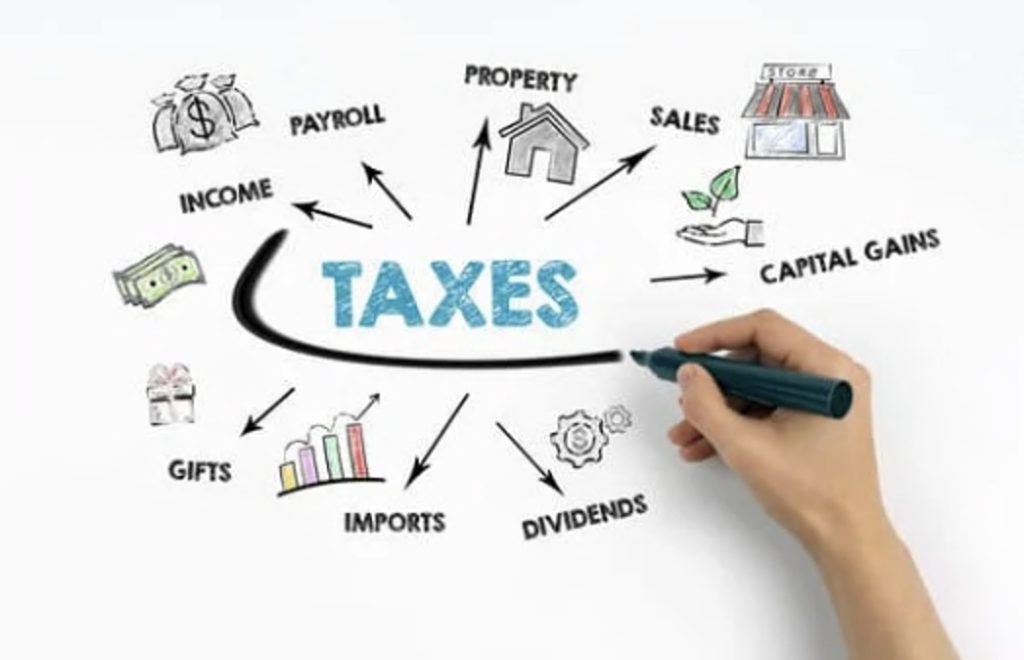Year-End Tax Strategies for Philanthropists

As the year comes to an end, philanthropists have a unique opportunity to maximize their impact while also benefiting from year-end tax strategies.
By strategically planning your charitable giving, you can not only make a difference in the causes you care about but also optimize your tax deductions, reducing your year-end tax bill.
Tax-Savings Giving Strategies
Donate Appreciated Securities
Any securities you own that have increased in value from the purchase price will require you to pay capital gains tax when sold. By donating appreciated securities in-kind to a charity, you will receive a tax receipt for their current total value and not have to pay the capital gains tax. The charity will benefit from the full value of the securities tax-free.
This is more effective than selling the securities, paying the capital gains tax, and then donating the cash to the charity. You and the charity are better off by donating the shares in kind.
Donate Depreciated Securities
Rather than selling depreciated securities to realize the capital loss, consider donating them in kind to a charity. By donating the depreciated securities in kind, you will not only realize the capital loss but also receive a donation tax receipt. You can also sell the securities and donate the cash to receive the same benefits.
Donate Permanent Life Insurance Policy
By donating your life insurance policy to a charity, you will receive a tax receipt for the fair market value of the policy. You will also receive tax receipts for any ongoing premium payments you make on the policy.
Establish a Donor Advised Fund (DAF)
You can set up a DAF to which you can make your donations, direct the investments that grow tax-free, and direct which charities you want to donate to at a later date rather than scrambling if December 31st is fast approaching. You will receive a donation tax receipt for all donations you make to your DAF. The DAF can also serve as a lasting philanthropic legacy for you and your beneficiaries.
In Conclusion
Charitable giving should always be about supporting a cause that you believe in. But when you combine your charitable giving with effective tax planning you may be able to increase your donation as well as decrease your tax bill. These year-end tax strategies are an opportunity for you to align your passion for giving with smart financial planning and create lasting change in your communities. To maximize your charitable giving and tax savings you should start planning well before the end of the year and obtain the expertise of a tax planning professional.
This content is provided for general informational purposes only and does not constitute financial, investment, tax, legal or accounting advice nor does it constitute an offer or solicitation to buy or sell any securities referred to. Individual circumstances and current events are critical to sound investment planning; anyone wishing to act on this content should consult with his or her financial partner or advisor.